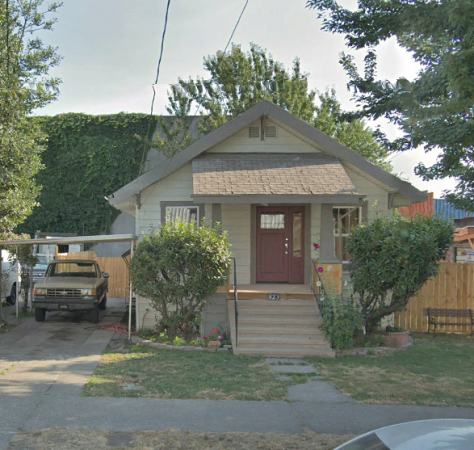March weather is changeable and in the view of Seattle Commercial Real Estate, so is the volatility of commercial real estate this March. This year has seen an historic change in the direction of the political climate of the City of Seattle, but the real results of the election of a new mayor, prosecuting attorney, and council members are not yet being felt. The Ukrainian invasion by Russia, spiraling inflation due to poor decisions by Washington, and product and distribution issues make one stop when looking at the delirious upward spiral of single-family housing and the soaring costs of labor and materials.
Seattle Concrete Strike Impact
Seattle’s commercial real estate has been materially affected by the strike of concrete workers. Two striking examples of this are a 40-story hi-rise multifamily development that has 39 stories of concrete poured and is at a dead stop. Another project is a mid-rise multifamily project that is ready to lease but cannot get a temporary or permanent occupancy permit because there is no concrete to pour the sidewalks to provide safe ingress. The costs of these delays are enormous and ultimately these costs are passed on to the consumer leading to the inevitable rise of inflation.
Demand for Multifamily Housing
The demand for housing is a function of jobs, and jobs in Washington are driven primarily by the internet companies lead by Amazon. To understand the future of jobs, one needs to look at the hi-rise office market and the sprouting holes in the ground in Seattle and Bellevue as the harbinger of buildings one, two and three years away from completion with millions of square feet coming to the marketplace, most with commitments from major tenants.
Seattle Commercial Real Estate needs to examine each element of this dynamic going forward but we are not an advertising agency. Our analysis must be objective, not subjective, and as such we will always look at the downside implications of each segment of commercial real estate going forward.




